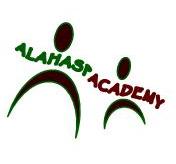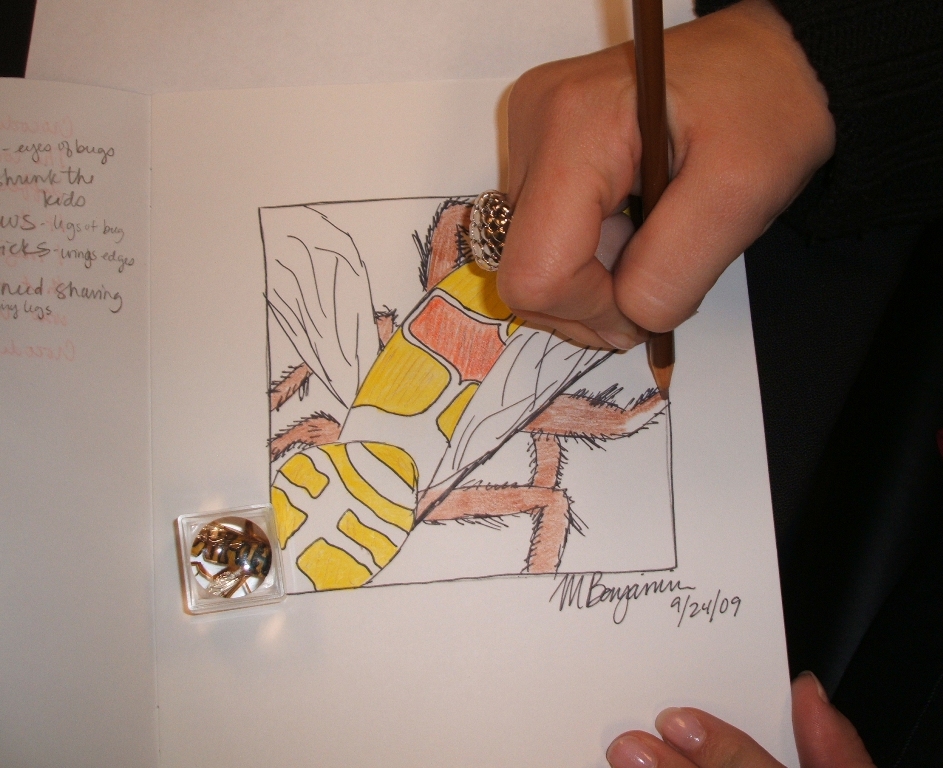 ALAHASP Academy
ALAHASP Academy
An ALAHASP Academy is a cohort of K-6 science and mathematics teachers who make a minimum of a 2-year commitment to learn more about inquiry teaching based on national and state standards and best practices. The academy has a dual role: guiding the participants as they deepen their understanding of science content and inquiry instruction and preparing them to provide leadership for their peers. The needs of the teachers in a cohort will guide the choice of topics, which may include (but are not limited to) elements of inquiry teaching and learning, the learning cycle, assessment, notebooking skills, collaborative learning, professional learning teams, teacher decisions, national and state standards, connections with literacy and other content areas, the nature of change and becoming change facilitators, adult learners, and The Private Eye®.
ALAHASP Academy sessions are filled with hands-on, minds-on activities that strengthen science and mathematics content knowledge, while integrating other curriculum strands. Based on the research of how children learn, session leaders guide the participants to reflect on teacher decisions and strategies that make these activities work well in the classroom. During the next award year, ALAHASP staff will continue to work with Academies II (Selma), III (Chilton County), IV (Hoover), V (Gadsden) and VI (Bessemer, Fairfield, Vestavia Hills, Spring Valley School).
 A key component of ALAHASP professional development is The Private Eye®, a program ALAHASP directors became aware of in 2002. The Private Eye, developed by Kerry Ruef, is a deceptively easy process for exploring the world around us while developing habits of mind critical for higher-order thinking skills. It uses analogies and simple observation tools such as jeweler loupes and objects around us to discover the connections between form and function and to explore the nature of science. Teachers who incorporate The Private Eye process into their lessons report increased science content understanding and improvement in the students’ ability to ask meaningful questions, analyze collected data, and communicate what they are discovering through writing, drawing, and speech. They like the easy way they can use the process to link across subjects. Of particular interest are the reports of all students, including special needs and gifted students, meeting with success through the introduction of this teaching strategy.
A key component of ALAHASP professional development is The Private Eye®, a program ALAHASP directors became aware of in 2002. The Private Eye, developed by Kerry Ruef, is a deceptively easy process for exploring the world around us while developing habits of mind critical for higher-order thinking skills. It uses analogies and simple observation tools such as jeweler loupes and objects around us to discover the connections between form and function and to explore the nature of science. Teachers who incorporate The Private Eye process into their lessons report increased science content understanding and improvement in the students’ ability to ask meaningful questions, analyze collected data, and communicate what they are discovering through writing, drawing, and speech. They like the easy way they can use the process to link across subjects. Of particular interest are the reports of all students, including special needs and gifted students, meeting with success through the introduction of this teaching strategy.
.